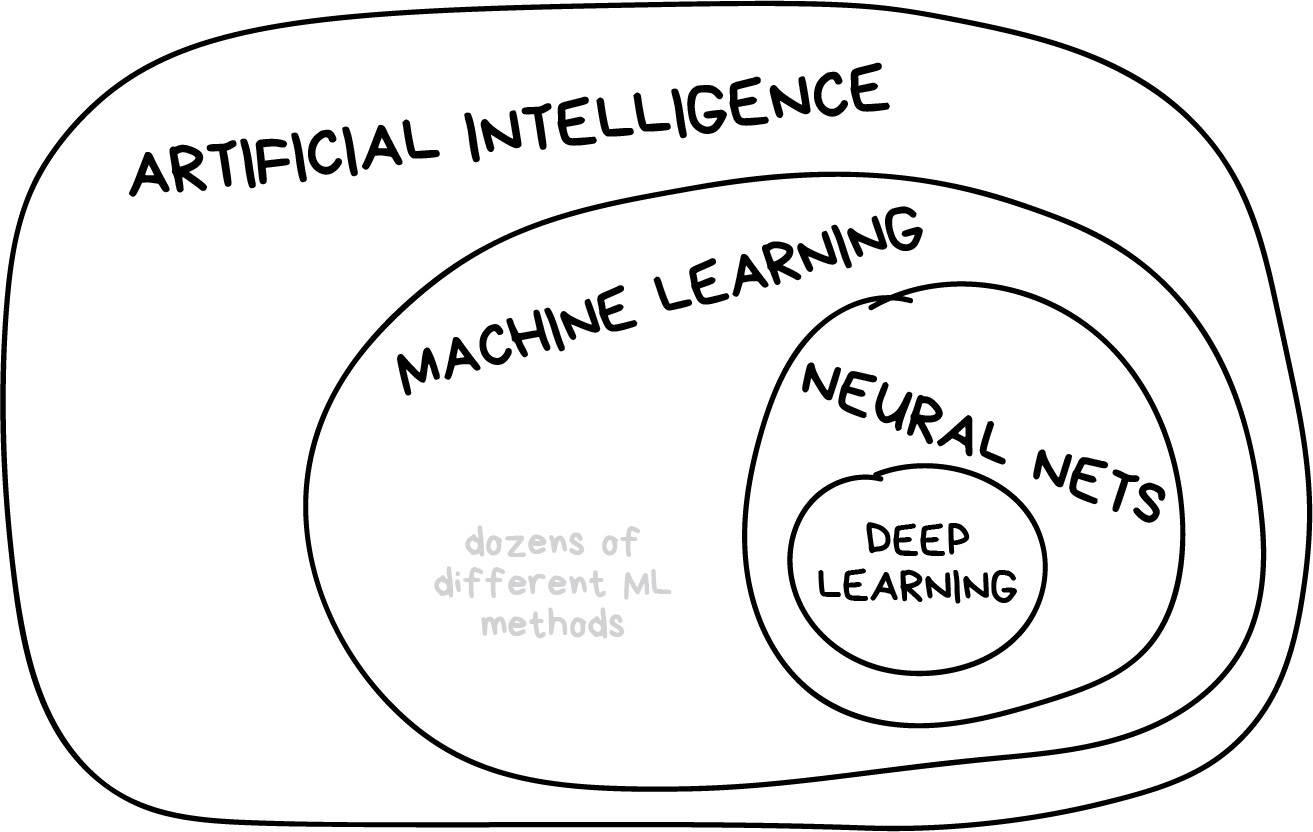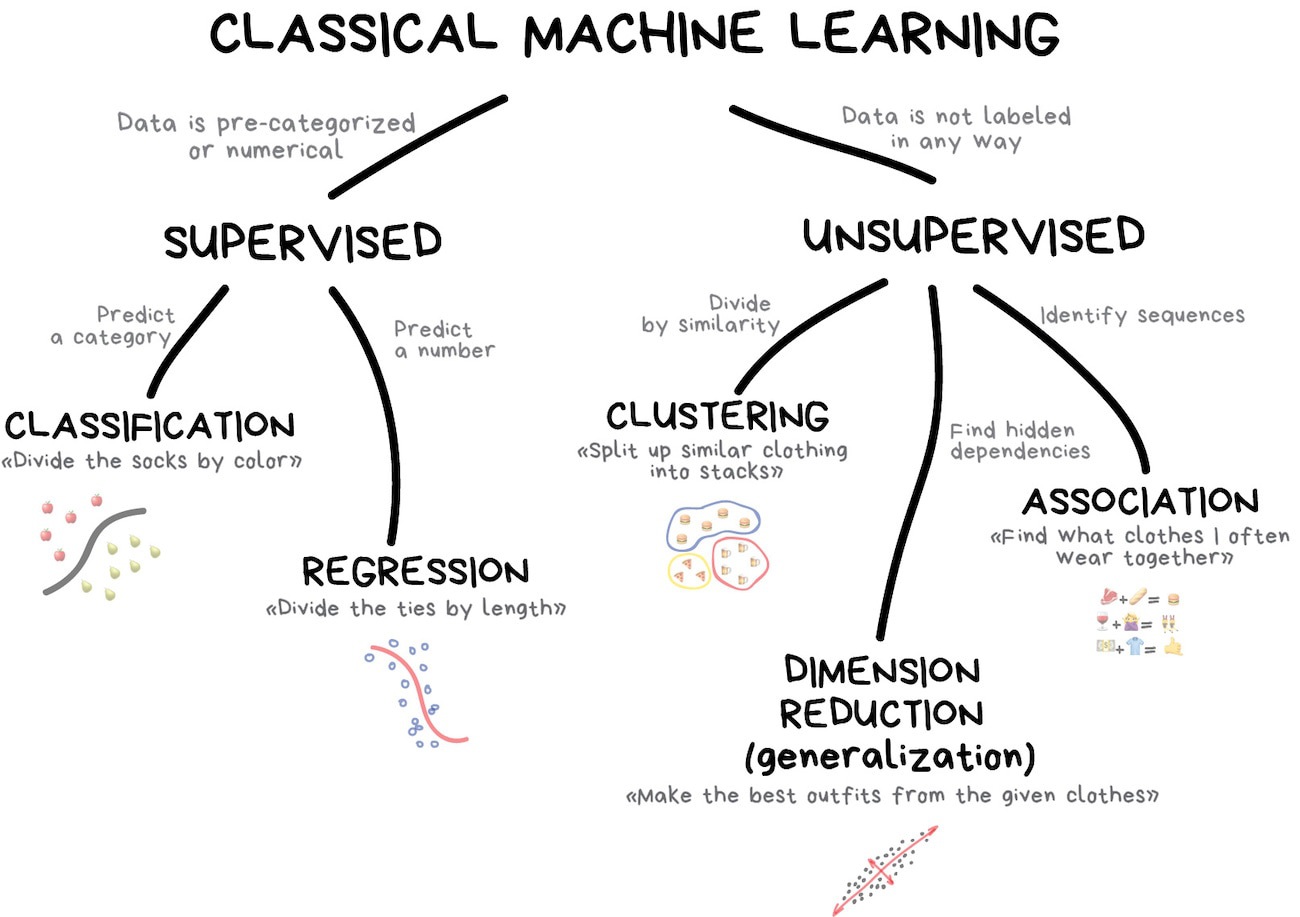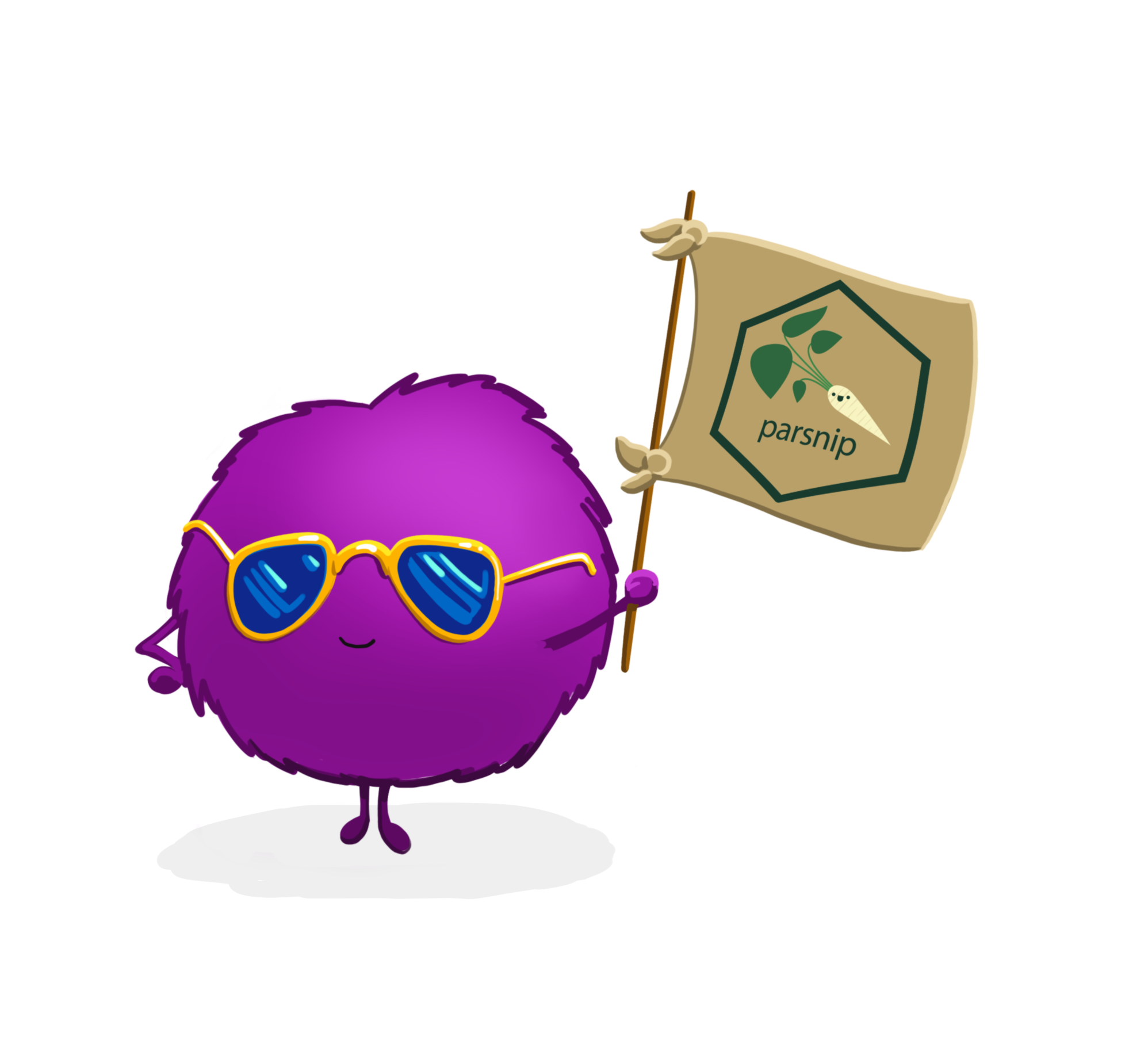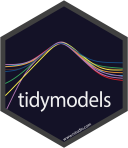03:00
1 - Introduction
Machine learning with tidymodels
Welcome!
Who are you?
You can use the magrittr
%>%or base R|>pipeYou are familiar with functions from dplyr, tidyr, ggplot2
You have exposure to basic statistical concepts
You do not need intermediate or expert familiarity with modeling or ML
Who are tidymodels?
- Simon Couch
- Hannah Frick
- Emil Hvitfeldt
- Max Kuhn
Many thanks to Davis Vaughan, Julia Silge, David Robinson, Julie Jung, Alison Hill, and Desirée De Leon for their role in creating these materials!
Asking for help
🟪 “I’m stuck and need help!”
🟩 “I finished the exercise”
👀
Tentative plan for this workshop
Today:
- Your data budget
- What makes a model
- Evaluating models
Tomorrow:
- Feature engineering
- Tuning hyperparameters
- Transportation case study
- Wrapping up!
Introduce yourself to your neighbors 👋
Log in to RStudio Cloud here (free):
What is machine learning?

What is machine learning?

Illustration credit: https://vas3k.com/blog/machine_learning/
What is machine learning?

Illustration credit: https://vas3k.com/blog/machine_learning/
Your turn

How are statistics and machine learning related?
How are they similar? Different?
What is tidymodels? ![]()
library(tidymodels)
#> ── Attaching packages ──────────────────────────── tidymodels 1.1.0 ──
#> ✔ broom 1.0.5 ✔ rsample 1.1.1
#> ✔ dials 1.2.0 ✔ tibble 3.2.1
#> ✔ dplyr 1.1.2 ✔ tidyr 1.3.0
#> ✔ infer 1.0.4 ✔ tune 1.1.1
#> ✔ modeldata 1.1.0 ✔ workflows 1.1.3
#> ✔ parsnip 1.1.0 ✔ workflowsets 1.0.1
#> ✔ purrr 1.0.1 ✔ yardstick 1.2.0
#> ✔ recipes 1.0.6
#> ── Conflicts ─────────────────────────────── tidymodels_conflicts() ──
#> ✖ purrr::discard() masks scales::discard()
#> ✖ dplyr::filter() masks stats::filter()
#> ✖ dplyr::lag() masks stats::lag()
#> ✖ recipes::step() masks stats::step()
#> • Learn how to get started at https://www.tidymodels.org/start/The whole game
Tomorrow we will walk through a case study in detail to illustrate feature engineering and model tuning.
Today we will walk through the analysis at a higher level to show the model development process as a whole and give you an introduction to the data set.
The data are from the NHL where we want to predict whether a shot was on-goal or not! 🏒
It’s a good example to show how model development works.
Shots on goal
Data spending
A first model
Starting point: logistic regression
We’ll start by using basic logistic regression to predict our binary outcome.
Our first model will have 12 simple predictor columns.
One initial question: there are 632 players taking shots.
For logistic regression, do we convert these to binary indicators (a.k.a. “dummies”)?
Basic features (inc dummy variables)
Different player encoding
What about location
The previous models used the x/y coordinates.
Are there better ways to represent shot location?
How can we make location more usable for the model?
Add shot angle?
Add shot from defensive zone?
Add shot behind goal line?
Nonlinear terms for angle and distance
Try another model
Switch to boosting and basic features
Boosting with location features
Choose wisely…
Finalize and verify
… and so on
Once we find an acceptable model and feature set, the process is to
- Confirm our results on the test set.
- Document the data and model development process.
- Deploy, monitor, etc.
Let’s install some packages
If you are using your own laptop instead of RStudio Cloud:
Our versions
broom (1.0.5, CRAN), DALEX (2.4.3, CRAN), DALEXtra (2.2.1, CRAN), dials (1.2.0, CRAN), doParallel (1.0.17, CRAN), dplyr (1.1.2, CRAN), embed (1.1.1, CRAN), ggplot2 (3.4.2, CRAN (R 4.2.1)), modeldata (1.1.0, CRAN), ongoal (0.0.4, Github (topepo/ongoal@2532b2404), parsnip (1.1.0, CRAN), purrr (1.0.1, CRAN), ranger (0.15.1, CRAN), recipes (1.0.6, CRAN), rpart (4.1.16, CRAN (R 4.2.1)), rpart.plot (3.1.1, CRAN), rsample (1.1.1, CRAN), scales (1.2.1, CRAN), stacks (1.0.2, CRAN), tibble (3.2.1, CRAN (R 4.2.1)), tidymodels (1.1.0, CRAN), tidyr (1.3.0, CRAN), tune (1.1.1, CRAN), vetiver (0.2.1, CRAN), workflows (1.1.3, CRAN), workflowsets (1.0.1, CRAN), xgboost (1.7.5.1, CRAN), and yardstick (1.2.0, CRAN)
Quarto: 1.3.433
